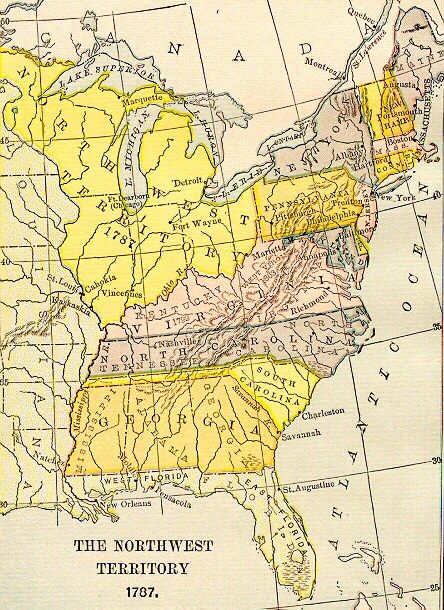 |
All Photographs: Niagara Falls Butterfly Conservatory, Ontario, Canada
Wampum Belt Archive
Jay Treaty Belt ca. 1793

Photo Courtesy: http://www.diannelaramee.ca/solstice2006.htm
Reproduction: Richard D. Hamell Feb. 14 2012
Original Size: |
unknown |
Reproduction: |
Beaded Length: 22.25 inches. Width: 4.2 inches. Length with fringe:46.25 |
Beads: |
Rows: 122 long. Wide: 9. Total beads: 1,098. |
Materials: |
Warp: Leather. Weave: artificial sinew. |
Description:
Jay's Treaty of Amity, Commerce and Navigation, between His Britannic Majesty and the United States of America, by their President, Ratified June 24, 1795. Published by Neale and Kammerer, Philadelphia, 1795. Although the Treaty of Paris (1783) ended the American War for Independence, the years following saw relations between America and England deteriorate precipitously. England refused to evacuate the frontier forts in the Northwest Territory (see note below); in addition, she seized American ships, forcing American sailors to serve in England's war against France. The United States, for her part, passed navigation laws that were potentially damaging to Great Britain. It was apparent that a commercial war between the two countries would undermine the health of the American economy. The American statesman John Jay, pressed into service as special envoy, went to England to negotiate disagreements between the two governments. On November 19, 1794 Jay's Treaty was signed, averting the threat of war. The Treaty eliminated British control of western posts within two years, established America's claim for damages from British ship seizures, and provided America a limited right to trade in the West Indies. Although Jay's Treaty provoked a storm of controversy (Jay was burned in effigy by mobs of outraged Americans), President Washington pressed for ratification. The treaty passed the Senate in June, 1795. Among John Jay's many accomplishments — president of Congress in 1778, minister to Spain, one of three Americans who negotiated the Paris Peace Treaty, an author of The Federalist and the first chief justice of the Supreme Court — none was more important than his negotiation of of the Treaty with Great Britain in 1794. Northwest Territory 1787 The Northwest Ordinance of 1787 allowed for the creation of as many as five states in the northwest portion of the Ohio Valley on lines originally laid out in 1784 by Thomas Jefferson. Known as The Northwest Territory, the new federal lands were east of the Mississippi, and between the Ohio River and the Great Lakes. The ordinance defined the boundaries of the states, excluded slavery and required that 60,000 inhabitants be present for statehood. Major General Arthur St. Clair was appointed its first Governor. Ultimately, the territory was organized into the present states of Ohio, Indiana, Illinois, Michigan and Wisconsin.
Einhorn (2012) stated the Jay Treaty was signed in "London on November 19th just nine days after the Timothy Pickering concluded the Canandaigua Treaty with the Six Nations."
A very important provision in this treaty was the freedom of passage across the international border (Canada-US) for the Native American. This right was repeated in the Ghent Treaty ending the War of 1812 eighteen years later (Einhorn, 2012).
Rickard described the belt (1973; p.74) as a small purple-fielded belt with a white line running the length of the belt and at each end were four short white lines.
Some believe there wasn’t have been a belt exchanged at the treaty signing because it was an agreement between the United States and Great Britain, therefore no wampum belt(s) would have been exchanged. The freedom of movement across the border of the Native American was noted in the document. However, since Canada is an independent country it does not have to abide by the agreement made by Great Britain.

Reference:
Map from: http://www.earlyamerica.com/earlyamerica/milestones/jaytreaty/
DianneLaramee.ca.http://www.diannelaramee.ca/solstice2006.htm
Einhorn, Art. 2012. Personal Communications.
Rickard, Chief Clinton. 1973. Fighting Tuscarora: the autobiography of Chief Clinton Rickard. Syracuse University Press, 182 pp.
 |
 |
 |
 |
 |
 |
 |
 |
|---|
